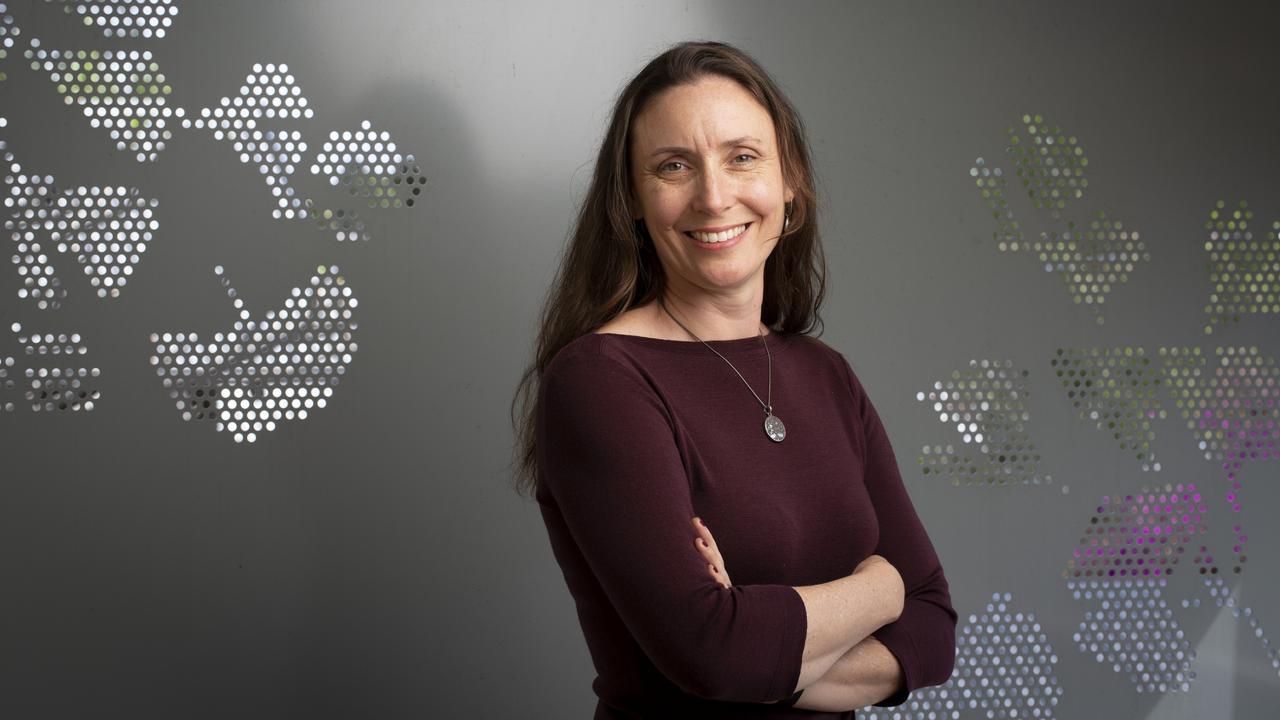UTS researcher Amie Steel is the leading researcher in alternative medicine

November 10, 2021
Having established at an early age that she wanted to devote her career to health care, Amie Steel was pleased to discover that didn’t necessarily mean becoming a doctor.
“That there was an option to provide health care for people using natural interventions really appealed to me,” says the senior research fellow at University of Technology Sydney’s Australian Research Centre in Complementary and Integrative Medicine.
Steel trained as a naturopath in her home city of Brisbane and practised there and in regional NSW before embarking on a research career. She is named in The Australia’s 2021 Research magazine as the top researcher in alternative and traditional medicine.
While she started out with and retains a research interest in prenatal care, she says that now: “my overarching drive is to see a more integrated, collaborative, person-centred health system”.
Recent published work from 2018 showed two-thirds of Australians had used complementary medicine of some kind in the previous 12 months. Bodywork was the most popular, including massage therapy, chiropractic and yoga, but naturopathy, vitamin supplements, herbal medicine are there too.
Complementary medicine therapies are distinct from allied health disciplines such as osteopathy, podiatry, and dietetics.
Of the Australians who used complementary medicine, one-third visited a practitioner, such as a naturopath or acupuncturist and half used a product (such as vitamins) or a practice (such as yoga), with some using both a product and a practice.
“If we’ve got two-thirds of the population using some form of complementary medicine we need to know how to make sure that the people providing that care are part of the conversation among the health care team that are looking after that individual.”
This ambition touches on some of the complexities Steel grapples with in her research. While it is straightforward enough to establish that Australians like and use a range of treatments which are not taught as part of medical degrees, being “part of the conversation” is a simple reference to a complex set of issues.
These include the lack of an agreed evidence base for the effectiveness of complementary medicines, which discourages its acceptance by the medical community and by the policy makers who set the rebates for medical care.
“The economics of complementary medicine is a barrier – it ends up painting complementary medicines as something for the worried well,” Steel says.
Hence her keen interest in what is called implementation science.
“It’s about how different types of knowledge are used, shared and prioritised in a clinical consultation and how can we get better evidence into complementary medicine practice,” she says.
“But also how can we learn from what clinicians are observing in clinical practise to help to develop better research questions and develop studies, evaluating the sorts of treatments that the public is already accessing in complementary medicine practice.”
In fact, Steel would like to dispense with the label “complementary medicine”, as being so broad as to be almost meaningless.
“I would like to see each of the professions that are currently encompassed by complementary medicine treated and evaluated on their own merits,” she says.
–
For all the latest Education News Click Here
For the latest news and updates, follow us on Google News.

